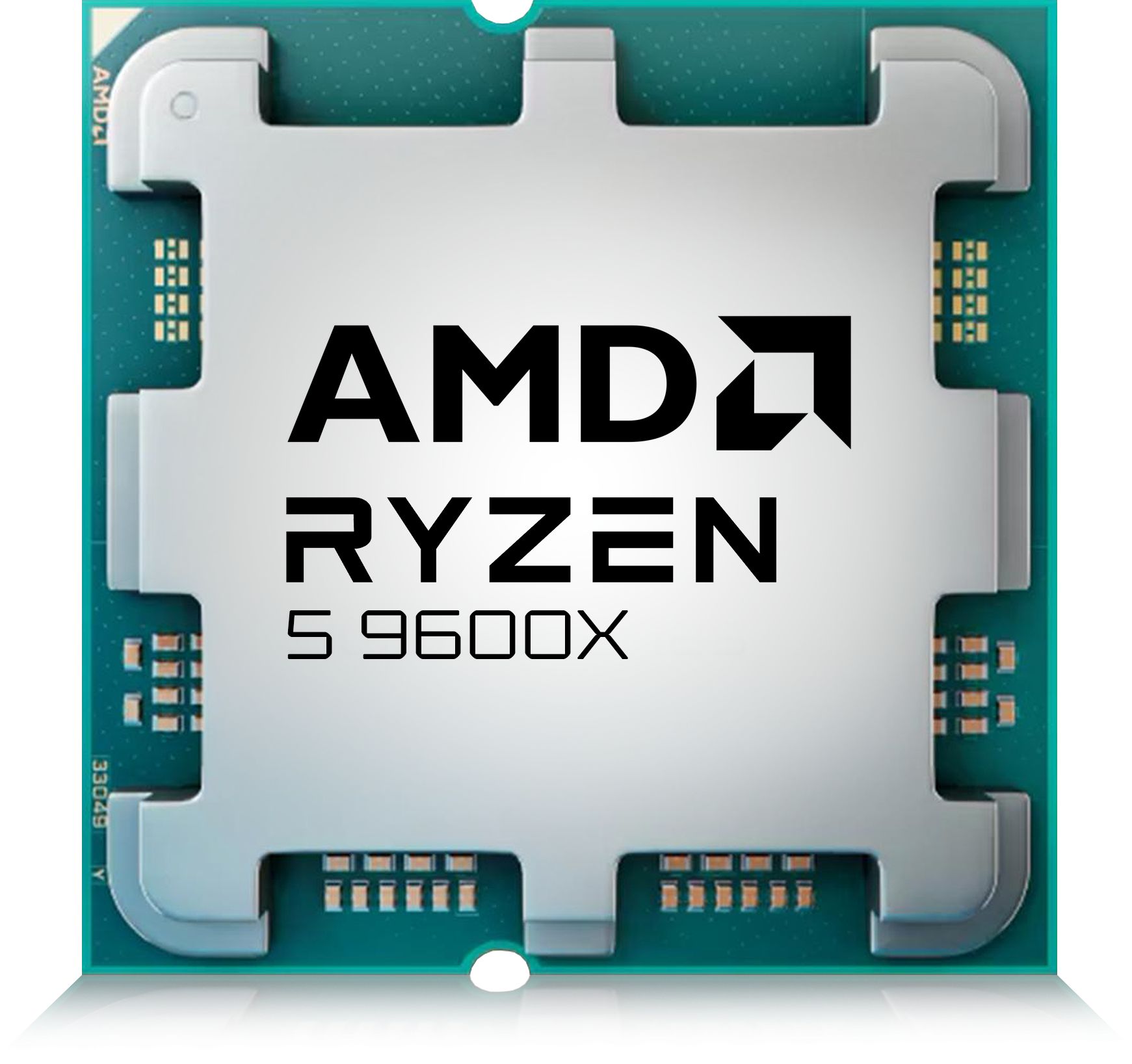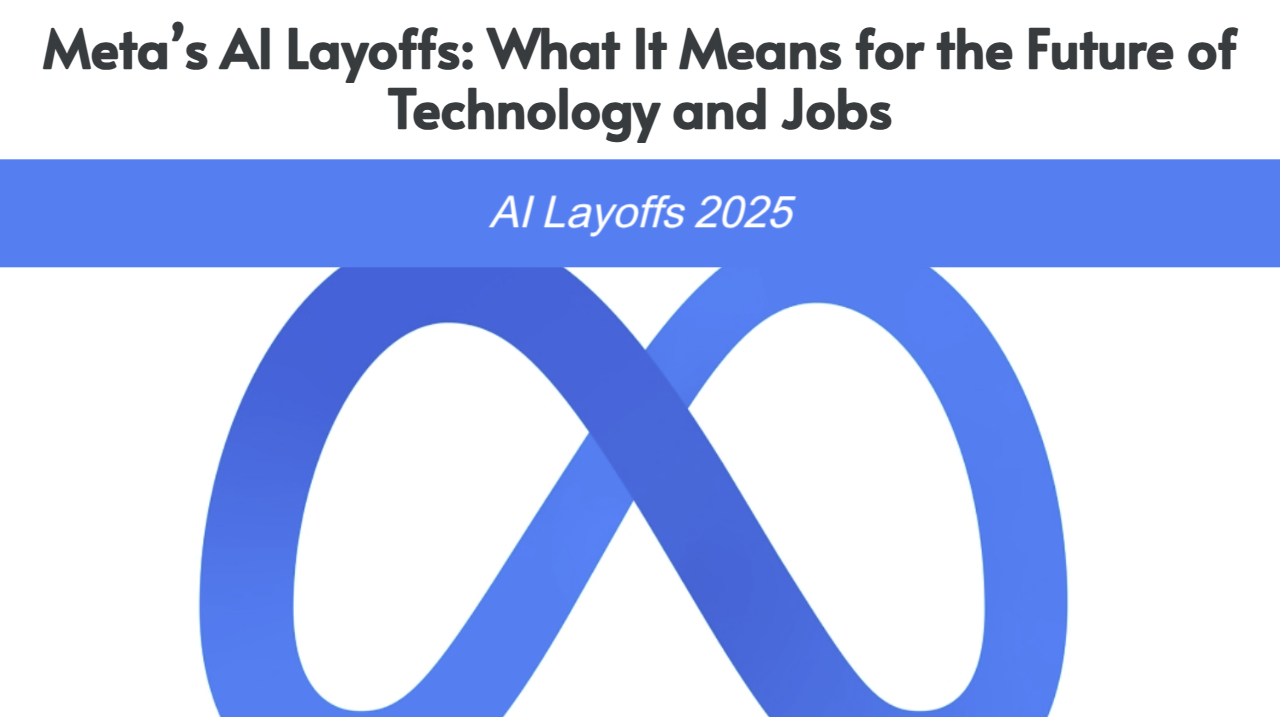IBM and the United States: History, Innovation, and Future Technology
bmw | Nov. 17, 2025

IBM, or International Business Machines Corporation, stands as one of the most influential names in global technology—and its roots are deeply embedded in the history and development of the United States. From its origin to its modern transformation, IBM's journey reflects the technological evolution of America itself.
The story of IBM began in 1911 in Endicott, New York, where it was originally founded as the Computing-Tabulating-Recording Company (CTR). As the company expanded its capabilities and vision, it adopted the name International Business Machines (IBM) in 1924. Since then, IBM has grown from a regional manufacturer of mechanical devices to a global leader in computing, research, and advanced technology. Today, its headquarters remains in Armonk, New York, symbolizing its longstanding American identity.
For decades, IBM played a defining role in the United States’ innovation culture. The company was renowned for leading U.S. patent statistics year after year. In 2020, IBM received more than 9,130 U.S. patents, a clear demonstration of its unparalleled commitment to research and development. Although IBM has recently shifted its strategy from pursuing the highest number of patents to focusing on high-impact innovation, it remains a powerful force in shaping the future of American technology.
In 2025, IBM announced a major investment plan that further strengthened its connection with the United States. The company revealed its intention to invest 150 billion dollars in the country over the next five years. This investment is primarily aimed at expanding quantum computing capabilities, increasing mainframe production, and enhancing research infrastructure within the U.S. IBM’s leadership emphasized that such investments are meant to support job creation, build domestic manufacturing strength, and ensure that the United States remains at the forefront of advanced computing.
Beyond industry and technology, IBM has also made meaningful contributions to American education and social progress. Its partnership with Historically Black Colleges and Universities (HBCUs), especially through the IBM-HBCU Quantum Center, is helping create opportunities for underrepresented groups in future-focused fields such as quantum computing. These collaborations highlight IBM’s broader commitment to diversity, equality, and long-term academic empowerment within the country.
Taken as a whole, the relationship between IBM and the United States is far more than a corporate origin story. It is a continuous exchange of ideas, innovation, and national development. IBM’s growth has mirrored the technological ambitions of the United States, from the early industrial era to the modern digital age. Today, the company’s renewed focus on quantum research, artificial intelligence, and American-based production positions both IBM and the United States for a transformative future.
In conclusion, IBM represents not only a historic American company but also a central contributor to the technological identity of the United States. Its influence spans economic development, scientific advancement, education, and future-oriented innovation. For this reason, the story of IBM remains tightly intertwined with the progress and aspirations of the United States, making their relationship as relevant today as it has ever been.
0 COMMENTS:

IBM and the United States: History, Innovation, and Future Technology
Discover how IBM, an American technology icon, has shaped innovation, research, and education in th…

BSNL Boosts Connectivity: 10,000 New 4G Sites in Delhi
BSNL is set to launch 10,000 new 4G sites in Delhi, preparing for 5G rollout in 2026. Discover how …

WorldLink Launches WiFi 6 in Nepal | Faster Internet Experience
WorldLink introduces WiFi 6 in Nepal with faster speed, wider coverage, and Nokia-powered routers —…

AMD and the AI Revolution: How the Chipmaker Is Shaping the Future of Technology
Discover how AMD is transforming the tech industry with AI chips, data center innovations, and stra…

Downdetector Explained: Track Online Service Outages in Real-Time
Discover how Downdetector helps users track online service outages in real-time. Learn how it works…

The Great AWS Outage 2025: What Really Happened
In October 2025, a major AWS outage disrupted global internet services. Learn what caused it, how i…

OpenAI Signs $38 Billion AWS Deal | AI Infrastructure Revolution
OpenAI partners with AWS in a $38B deal to power next-gen agentic AI with massive cloud infrastruct…

NVIDIA and the AI Revolution: How One Company is Shaping the Future of Technology
Discover how NVIDIA became the driving force behind the global AI revolution. Learn about its growt…

Meta AI Layoffs 2025: Why Meta Is Restructuring Its AI Division
Meta has laid off 600 employees from its AI division to focus on efficiency and automation. Learn w…

Snapchat in Nepal: Why It’s Becoming the New Digital Trend Among Nepali Youth (2025)
Discover why Snapchat is gaining popularity in Nepal. Explore how Nepali youth are embracing the ap…